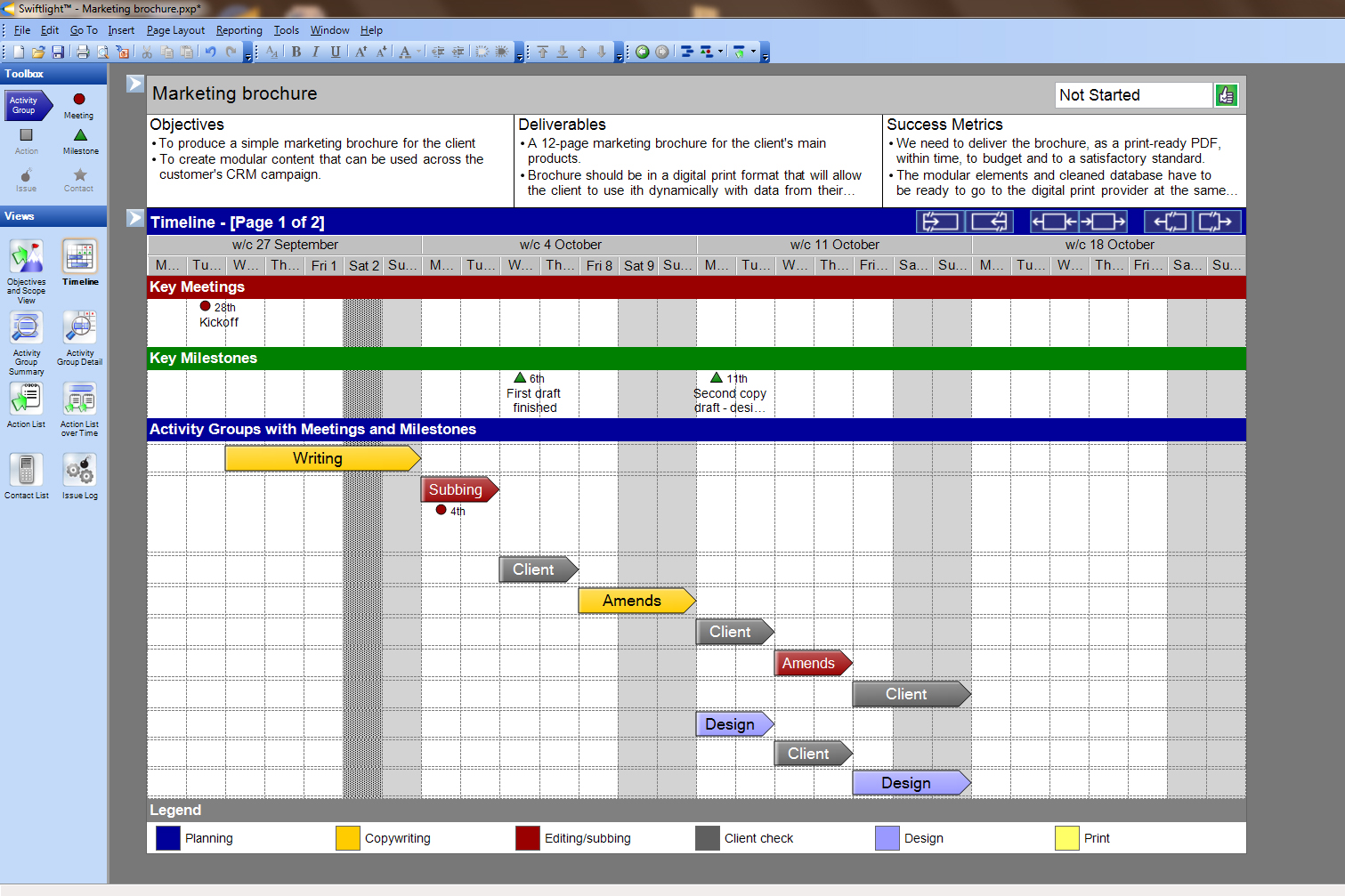Web 2.0 to change business?
The speed and flexibility of so-called Web 2.0 tech is forcing enterprises to evolve, according to a new report.


Consumer- and user-focused technology is affecting the way business IT operates, according to a new report by the Butler Group.
The focus on Web 2.0 which usually contains such innovations as blogs, social media and podcasts is leading to increasingly quick, flexible and innovative technology, even in more staid environments like enterprise IT.
While much of these online innovations are consumer focused, they are leading to changes in how businesses operate. "The ideas, concepts, tools, and technologies behind consumer-oriented social networking software are being re-shaped and re-modelled for enterprise use," said Mike Thompson, director of Butler Group's business process management practice.
Indeed, the focus on user experience is leading to an increase in service oriented architecture (SOA) and virtualisation, as well as mobile working and communications, the report said.
"The social aspects of Web 2.0 are mirrored in the corporate world of Enterprise Web 2.0. Workforce mobility and changing communication patterns are two more trends that are driving change at the infrastructure layer," said Mark Blowers, director of Butler's enterprise architectures practice. "As such, unified communication and collaboration requirements are an important part of Enterprise 2.0 strategies."
And businesses had better keep this in mind when planning their IT, warned Richard Edwards, information management practice director at Butler Group and co-author of the report.
"The driving force behind every aspect of Enterprise Web 2.0 is the experience of the end user, whether that be employee, customer, partner or stakeholder," he said. This means that all organisations must reassess their IT strategies in view of this clear and distinct shift in direction."
Get the ITPro daily newsletter
Sign up today and you will receive a free copy of our Future Focus 2025 report - the leading guidance on AI, cybersecurity and other IT challenges as per 700+ senior executives
Freelance journalist Nicole Kobie first started writing for ITPro in 2007, with bylines in New Scientist, Wired, PC Pro and many more.
Nicole the author of a book about the history of technology, The Long History of the Future.
-
 Asus ZenScreen Fold OLED MQ17QH review
Asus ZenScreen Fold OLED MQ17QH reviewReviews A stunning foldable 17.3in OLED display – but it's too expensive to be anything more than a thrilling tech demo
By Sasha Muller
-
 How the UK MoJ achieved secure networks for prisons and offices with Palo Alto Networks
How the UK MoJ achieved secure networks for prisons and offices with Palo Alto NetworksCase study Adopting zero trust is a necessity when your own users are trying to launch cyber attacks
By Rory Bathgate
-
 Twilio appoints Google Hangouts innovator as chief product officer
Twilio appoints Google Hangouts innovator as chief product officerNews Chee Chew will lead the company's relationship with developers, helping them create customer experiences
By Clare Hopping
-
 What is ISO 9001?
What is ISO 9001?In-depth We explain the principles of ISO 9001 and who should consider getting certified
By Clare Hopping
-
 Getting buy-in on agile
Getting buy-in on agileIn-depth How to successfully implement agile development
By Joe Curtis
-
 Gartner: Extreme transformation is on the horizon for some leaders
Gartner: Extreme transformation is on the horizon for some leadersNews PPM leaders must prepare for extreme transformation, according to the analyst firm
By Rene Millman
-
 IT automation no threat to employee productivity, research shows
IT automation no threat to employee productivity, research showsNews A new report from the Economic Intelligence Unit shines a light on management automation fears.
By Max Cooter
-
 Google urges businesses to get mobile
Google urges businesses to get mobileNews The launch of Get Mo encourages companies to make their websites mobile and attract more customers to their brands.
By Jennifer Scott
-
 Swiftlight review
Swiftlight reviewReviews Swiftlight's eponymous project management software is inexpensive and is aimed at novices. Karl Wright takes a closer look to find out whether it really is suitable for inexperienced users.
By Karl Wright
-
 Ministers out of the loop on IT projects
Ministers out of the loop on IT projectsNews Poor project management and inexperienced staff are increasing risks for complex government IT programmes, according to a report from the Public Accounts Committee.
By Nicole Kobie